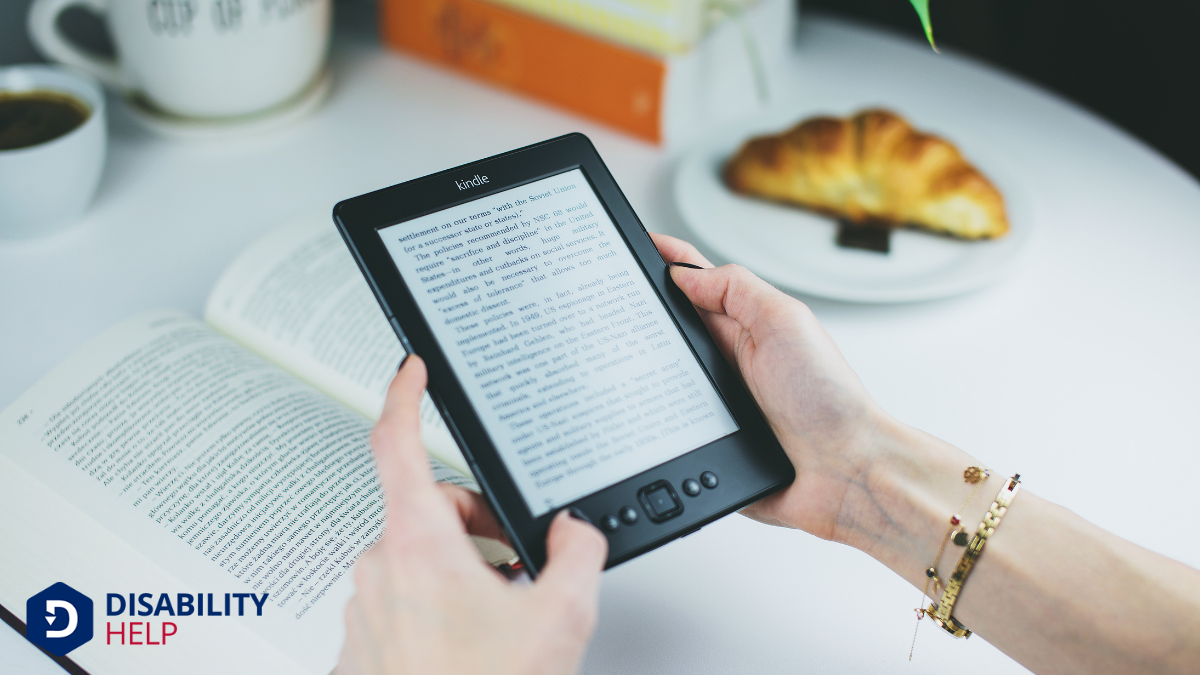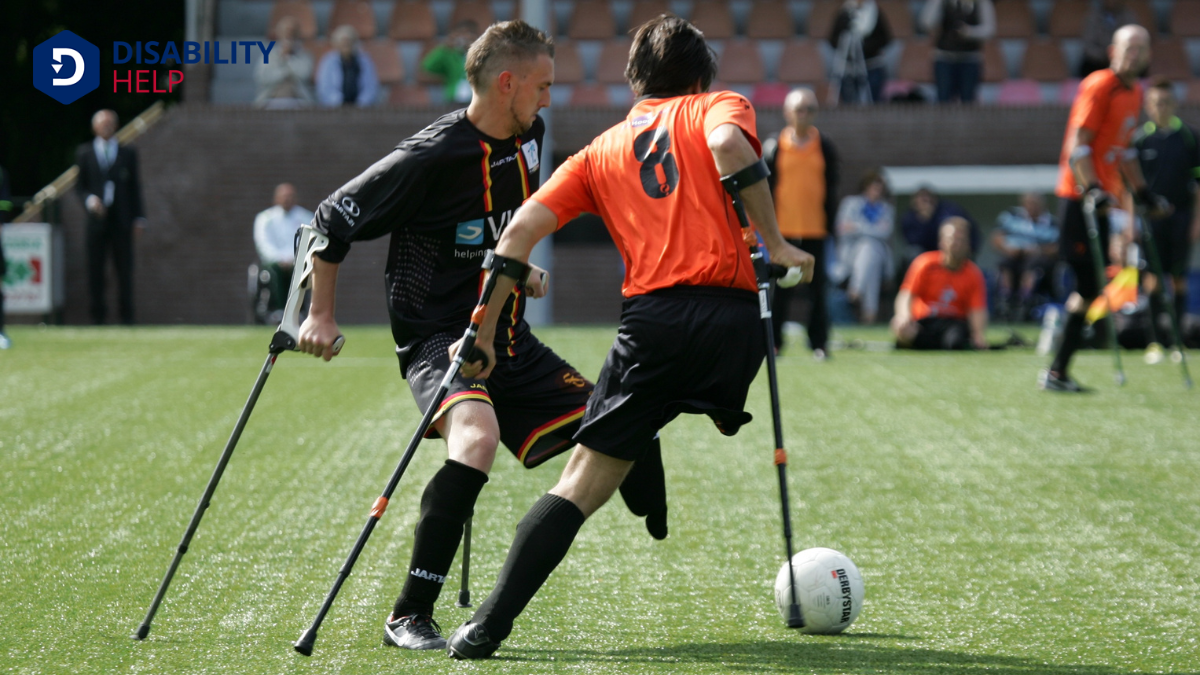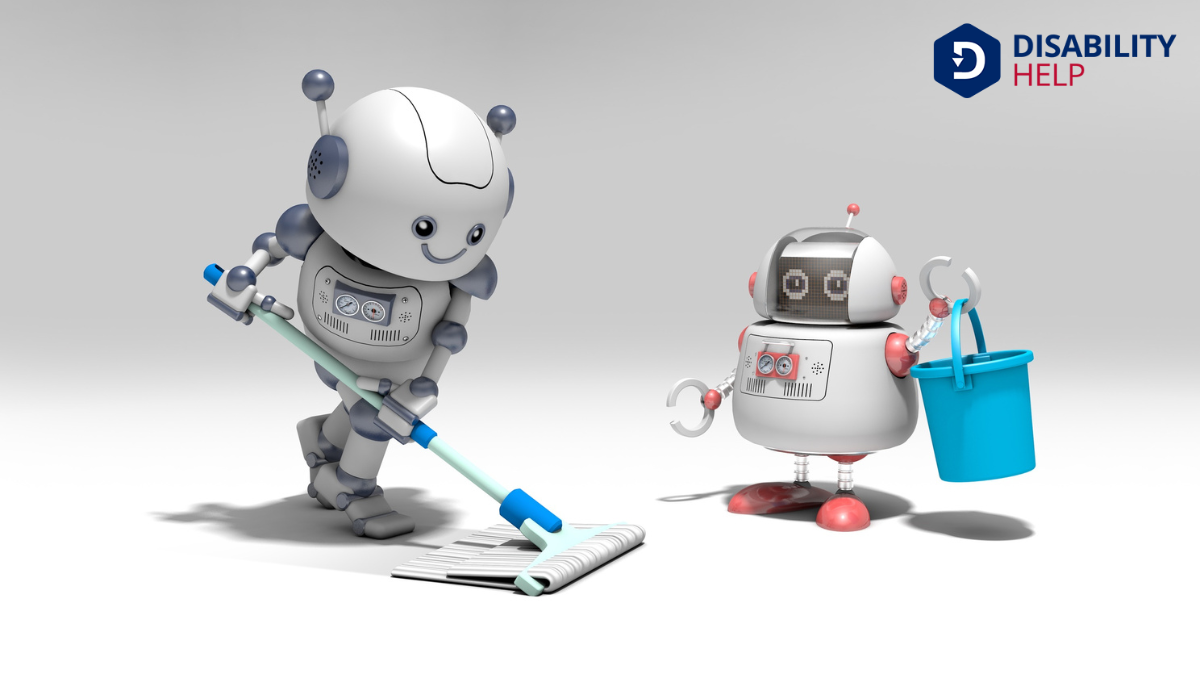When discussing assistive technology, we often find ourselves questioning which tool tops the list regarding usage. It's fascinating to reflect on how these innovations reshape lives, providing independence and accessibilityThe design of products, devices, services, or environments to be usable by people with disabilities..... While numerous devices cater to various needs, one stands out for its widespread impact. But what makes it the most relied upon? Understanding this can offer insights into how technology continues to break barriers and foster inclusivity for all.
Key Takeaways
- Screen readers are widely used by visually impaired individuals for accessing digital content through text-to-speech or braille conversion.
- Mobility aidsDevices designed to help individuals move around more easily, such as canes, walkers, or wheelchairs..., including wheelchairs and walkers, are essential for individuals with movement challenges, enhancing independence and freedom.
- Speech recognition softwareSoftware that converts spoken words into text, aiding individuals with physical disabilities or lear... is crucial for users with limited mobility, allowing hands-free communication and device control.
- Hearing aids improve communication by amplifying sounds, benefiting individuals with hearing impairments in diverse environments.
- Adaptive devices offer personalized solutions, enhancing daily living tasks and empowering individuals with unique needs.
Understanding Assistive Technology and Its Importance
Assistive technology, a transformative tool, reshapes how individuals with disabilities interact with the world. It encompasses a wide range of devices and software designed to enhance accessibility and independence.
As we explore its importance, we realize it doesn't just improve daily living but also fosters inclusionThe practice of creating environments in which any individual or group can be and feel welcomed, res... in education, employment, and social environments.
We might've a friend or family member who relies on these technologies, like hearing aids or communication devices, to participate fully in life. By understanding these tools, we empower ourselves to better support those around us.
Let’s not underestimate the profound impact these innovations have on enhancing quality of life. In embracing assistive technology, we contribute to a more inclusive society where everyone can thrive and engage fully.
The Rise of Screen Readers in Accessibility

As technology evolves, screen readers have become an essential tool in making digital content accessible to visually impaired individuals. We can navigate the digital world more independently and efficiently, and it's remarkable how these tools transform our interaction with technology.
Screen readers convert text into speech or braille, allowing us to access information that would otherwise be inaccessible.
Let's highlight a few reasons why screen readers are vital:
- Independence: They empower users to browse the internet, read emails, and engage with software autonomously.
- Inclusivity: By enhancing accessibility, they guarantee everyone can participate in digital communication and learning.
- Productivity: These tools enable individuals to perform tasks more efficiently, boosting their productivity in personal and professional settings.
Screen readers truly revolutionize our digital experiences.
Speech Recognition Software: Revolutionizing Communication
While screen readers have transformed how we access information, speech recognition software is changing the way we communicate.
It's truly revolutionizing our interactions, enabling us to convert spoken words into text instantly. This technology is essential for individuals with limited mobility or those who face challenges with traditional typing. By speaking naturally, we can send messages, write documents, and even control devices hands-free.
Speech recognition software has become a crucial tool in improving accessibility and inclusivity for many. It empowers us to express ourselves more freely and efficiently, opening up communication channels that might've been closed otherwise.
As the technology continues to advance, we're witnessing improved accuracy and adaptability, making it easier for everyone to engage in meaningful conversations without barriers.
Mobility Aids: Enhancing Independence and Mobility
Though often overlooked, mobility aids play an essential role in enhancing independence and freedom for individuals with movement challenges. They empower us to engage fully in daily activities, maintain our autonomy, and improve our quality of life.
Let's explore three key types of mobility aids that have a significant impact:
- Wheelchairs: These provide vital support for those unable to walk long distances, offering both manual and electric options tailored to individual needs.
- Walkers and Rollators: Ideal for those who require stability and balance, these aids help us navigate our environment with confidence.
- Canes: Simple yet effective, canes offer balance support and reduce the risk of falls, making them a reliable choice for many.
These aids are indispensable tools, fueling our independence and enhancing our mobility.
Adaptive Devices: Custom Solutions for Unique Needs

Adaptive devices offer us personalized solutions that address our unique needs, ensuring that we can participate in activities that might otherwise be challenging. These devices are more than just tools; they're tailored to fit our specific requirements.
Whether it's a custom keyboard for someone with limited hand mobility or a specialized spoon for easier eating, these adaptations empower us to engage fully in daily tasks.
We often find that these solutions not only improve functionality but also enhance our quality of life. By addressing our individual challenges, adaptive devices provide the freedom to pursue hobbies, work, and social interactions with greater ease.
They remind us that with the right tools, we can overcome barriers and embrace a more inclusive and independent lifestyle.
The Role of Hearing Aids in Daily Life
Hearing aids play an essential role in our daily lives by greatly enhancing our ability to communicate and connect with others. They’re more than just devices; they’re lifelines that bridge the gap between silence and sound.
With these remarkable tools, we can engage fully in conversations, enjoy music, and remain present in social gatherings. Let’s explore how hearing aids improve our quality of life:
- Improved Communication: They help us understand speech clearly, even in noisy environments, making conversations more enjoyable and less frustrating.
- Increased Safety: By amplifying important sounds, hearing aids alert us to potential dangers, like approaching vehicles or emergency alarms.
- Enhanced Social Interaction: With better hearing, we’re more confident in social settings, reducing feelings of isolation and improving mental well-being.
Assistive Technology in Education: Tools for Learning and Inclusion
Let’s explore how adaptive learning devices and inclusive classroom software are transforming education for students of all abilities.
These tools not only support personalized learning paths but also foster an inclusive environment where everyone can participate.
Adaptive Learning Devices
In our rapidly evolving educational landscape, adaptive learning devices stand out as pivotal tools that tailor learning experiences to individual student needs, promoting both inclusion and engagement.
These devices adaptA grassroots disability rights organization in the U.S. that focuses on promoting community-based se... content delivery, allowing students to learn at their own pace. They’re essential in bridging gaps and fostering a more equitable learning environment.
Let’s explore how they impact education:
- Personalized Learning: Adaptive devices adjust to a student's learning style and pace, enhancing comprehension and retention.
- Real-Time Feedback: They provide instant feedback, helping students understand mistakes and learn from them immediately.
- Accessibility: By catering to diverse needs, these devices guarantee that all students, regardless of ability, can access the curriculum effectively.
Together, we can harness these tools to transform education for everyone.
Inclusive Classroom Software
Building on the transformative power of adaptive learning devices, we now turn our attention to inclusive classroom software. This technology plays an essential role in creating equitable learning environments for all students.
With tools like speech-to-text, text-to-speech, and visual organizers, we can personalize education, ensuring that every student, regardless of ability, can participate fully.
These software solutions foster collaboration and engagement, breaking down barriers that might hinder some students. For example, language translation tools help students for whom English isn't their first language, making lessons more accessible.
Additionally, visual aids and interactive platforms can enhance understanding for those with learning disabilities.
Emerging Trends in Assistive Technology

As we explore the domain of assistive technology, it's clear that innovation is rapidly reshaping the landscape.
These emerging trends aren't only enhancing accessibility but also empowering individuals in ways we couldn't have imagined a few years ago.
- AI-Powered Tools: We're seeing AI play a pivotal role in assistive devices, from speech recognition software improving communication for those with speech impairments to AI-driven apps providing real-time visual descriptions for the visually impaired.
- Wearable Tech: Devices like smart glasses and haptic feedback wearables are revolutionizing how users interact with their environment, providing immediate access to informationThe right of individuals with disabilities to obtain and use information, often requiring accessible... and sensory feedback.
- Internet of Things (IoT): IoT-enabled devices are now commonplace, allowing for seamless integration between multiple assistive technologies, improving efficiency and user experience greatly.
These trends promise a more inclusive future.
Choosing the Right Assistive Technology for Your Needs
When choosing the right assistive technology, we need to start by evaluating our personal requirements to guarantee the solution fits our unique needs.
It’s crucial to explore various device options, considering how each might enhance our daily activities and independence.
Assessing Personal Requirements
How do we determine which assistive technology best suits our individual needs? First, let’s evaluate our daily challenges and identify where we need the most support. This helps us focus on technology that truly enhances our lives.
Next, we should consider our environment—both physical and social. Understanding where and how we use technology guarantees compatibility with our lifestyle.
Here’s how we can break it down:
- Identify Specific Needs: Analyze tasks we struggle with and prioritize them.
- Consider Environmental Factors: Think about where we spend our time and any obstacles present.
- Assess Personal Preferences: Reflect on what we feel comfortable using and our tech-savviness.
Exploring Device Options
Having pinpointed our specific needs and considered our environment, we can now focus on exploring the array of assistive technology options available.
Let’s start by identifying categories that suit our requirements—mobility aids, communication devices, or perhaps vision and hearing supports. Each category offers a variety of solutions.
For mobility, we might look into walkers, wheelchairs, or prostheticsArtificial devices that replace missing body parts, such as limbs, often used after amputations.. Communication tools include speech-generating devices or text-to-speech applications.
Vision aids range from screen readers to magnifiers, while hearing solutions could involve hearing aids or alerting systems.
It’s essential to test these devices when possible, ensuring they integrate seamlessly into our daily routines.
Let’s prioritize user-friendliness and adaptability to guarantee that the technology enhances our independence and quality of life.
Conclusion
In our journey through the world of assistive technology, we've seen how tools like screen readers, speech recognition software, and mobility aids are transforming lives. These technologies aren't just gadgets; they're lifelines that promote independence and inclusivity. As we embrace emerging trends, let's remember the importance of choosing the right assistive technology to meet individual needs. Together, we're building a more accessible world, where everyone can engage, learn, and thrive. Let's continue this mission of inclusivity.






